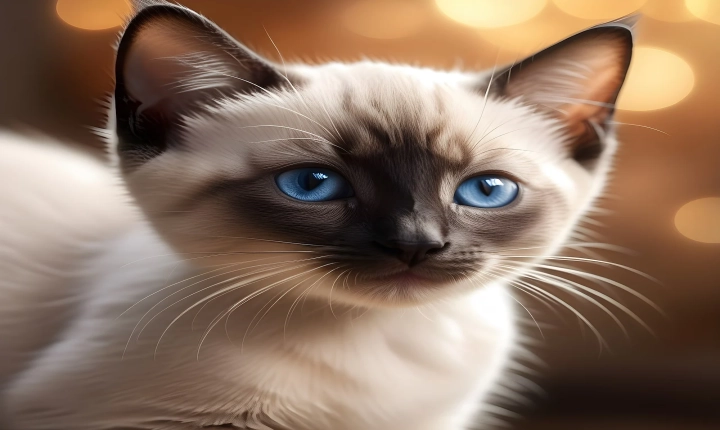AI Art: A New Frontier in Creativity
In recent years, the intersection of artificial intelligence and art has led to the emergence of a fascinating new genre known as AI art. This groundbreaking development has sparked both curiosity and controversy, raising questions about the nature of creativity and the role of technology in the artistic process.
AI art refers to the creation of visual artwork, music, literature, and other forms of artistic expression generated by artificial intelligence algorithms. These algorithms are programmed to analyze, mimic, and even surpass human creativity by learning from extensive datasets of existing art, music, and literature. By doing so, AI can generate entirely original compositions that often blur the lines between human and machine authorship.
One of the most remarkable examples of AI art is the use of neural networks to produce visual art. These networks can be trained to recognize patterns, styles, and motifs from countless artworks and then generate new compositions based on this acquired knowledge. The results can be stunning, as demonstrated by the eerily lifelike portraits, abstract landscapes, and intricate designs produced by AI algorithms.
On the one hand, AI art has sparked a wave of excitement and experimentation within the artistic community. Many artists and creators see it as a powerful tool for pushing the boundaries of traditional artistic practice, enabling new forms of expression and unlocking previously untapped creative potential. In fact, some artists have embraced AI as a collaborator, using it to augment their own creative processes and produce works that would have been inconceivable without the assistance of this technology.
On the other hand, AI art has also generated a fair share of skepticism and criticism. Some purists argue that true creativity and artistic expression can only originate from the human mind and soul, casting doubt on the authenticity and emotional depth of AI-generated artwork. Others express concerns about the potential loss of jobs and livelihoods within the artistic community, as AI becomes increasingly proficient at creating original works, potentially disrupting the traditional art market.
Ultimately, the rise of AI art raises thought-provoking questions about the nature of creativity, authorship, and the evolving relationship between humans and technology. While AI may never fully replicate the complexity and richness of human creative consciousness, its ability to create art offers intriguing possibilities for collaboration and innovation within the artistic sphere.
As AI continues to advance, it is likely that AI art will remain a subject of fascination, debate, and exploration for artists, technologists, and the general public alike. Whether viewed as a threat, a tool, or a source of inspiration, AI art is undoubtedly a pivotal development in the ever-evolving landscape of artistic expression. So, is this AI art? Yes, and it’s challenging traditional notions of creativity and inviting us to reconsider the boundaries of human and machine in the realm of art.
